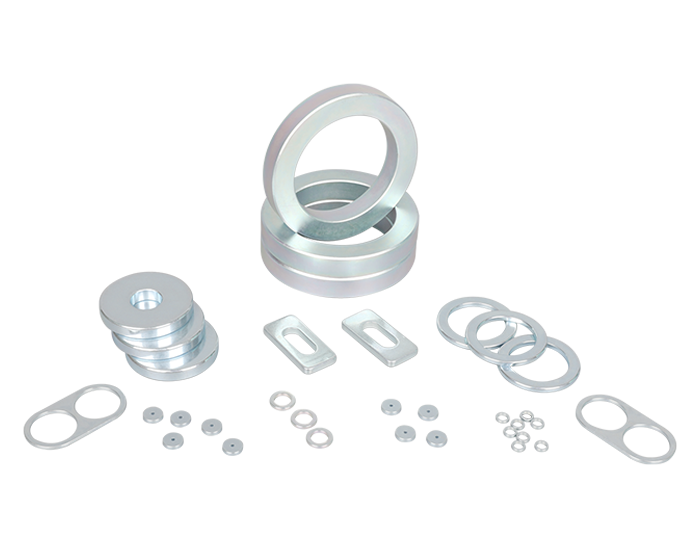Raw Material Preparation
The initial step in the manufacturing process of ceramic ferrites is the preparation of raw materials. Commonly used raw materials include iron oxide (Fe₂O₃), nickel oxide (NiO), zinc oxide (ZnO), and manganese oxide (MnO). These materials are carefully selected and mixed in precise ratios to achieve the desired chemical composition. The mixing process is typically performed using high-speed mixers or ball mills to ensure a homogeneous blend. The choice of raw materials and their proportions significantly influence the magnetic and mechanical properties of the final ceramic ferrite.
Powder Processing
Once the raw materials are thoroughly mixed, the next step is powder processing. The mixed powder is often subjected to calcination, a thermal treatment process that involves heating the mixture at high temperatures (typically between 800°C and 1000°C) in a controlled atmosphere. Calcination helps to remove any residual moisture, decompose carbonates, and promote the formation of the desired ferrite phase. After calcination, the powder is cooled and ground to a fine consistency, usually below 1 μm, to enhance its sintering behavior.
Shaping
Shaping is a critical step in the manufacturing of ceramic ferrites. The fine powder is compacted into the desired shape using various techniques such as dry pressing, isostatic pressing, or extrusion. Dry pressing is the common method, where the powder is placed in a die and subjected to high pressure to form a green body. Isostatic pressing, on the other hand, uses hydraulic pressure to compact the powder uniformly, resulting in more complex shapes with higher density. Extrusion is suitable for producing long, continuous shapes like rods or tubes.



